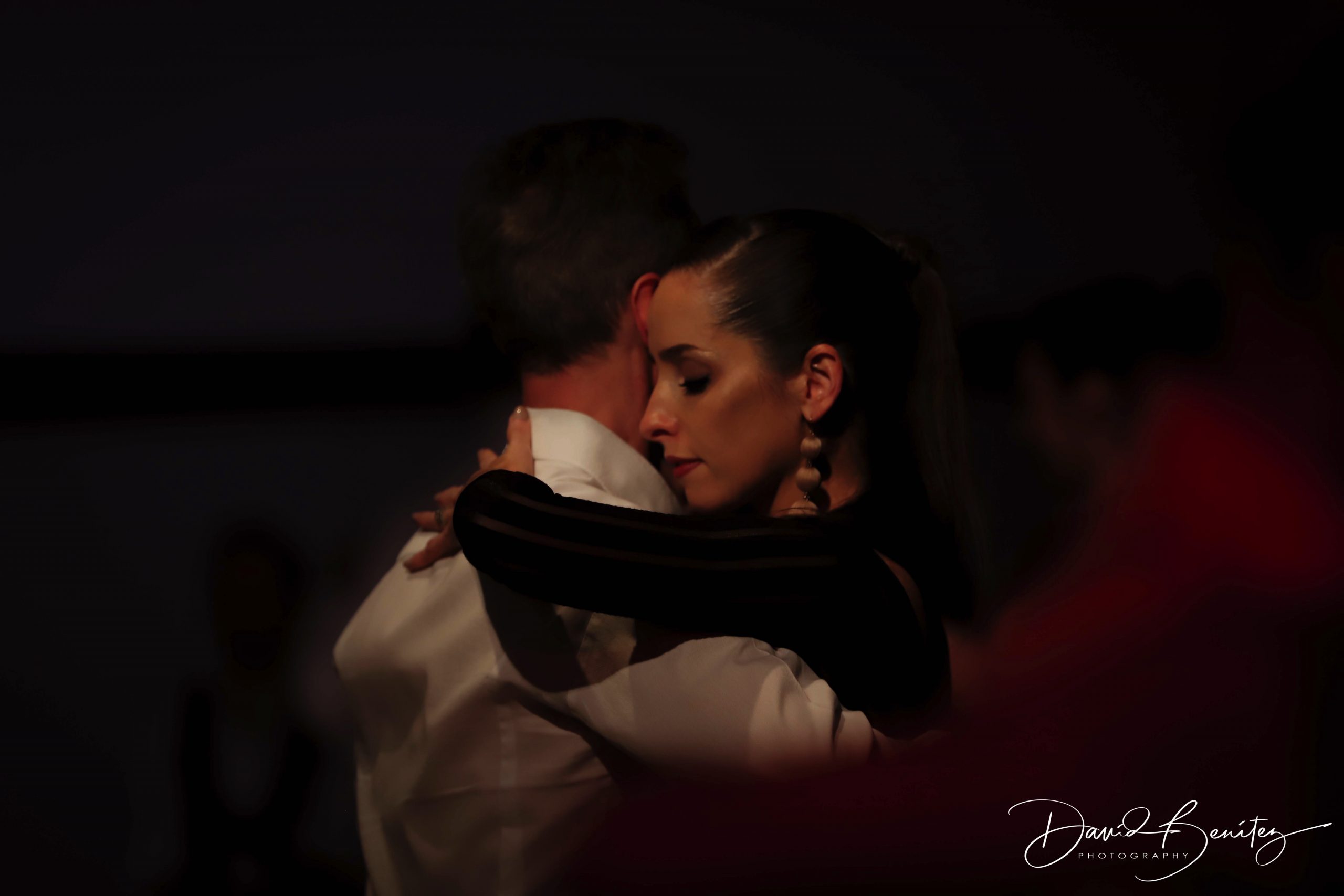If there is one concern raised by the leaders in our classes time and time again, it is this:
“When I get on the dance floor, my mind goes blank. I can’t remember a single step I’ve learnt.”
They have come to us as their tango teachers for some words of advice. For a solution. And they do not expect our response:
“You know, forgetting all the steps you have ever learnt could in fact be a good thing!”
And they sometimes look at us exactly the way you might have just looked at your screen: like we’ve lost our minds! But hear me out on this. It actually does make sense.
Ask any experienced leader what it is they think about when they dance and most of them will answer this:
“Nothing”.
Because tango is not about thinking. Tango is about feeling. They are sensing where their partner is, they are listening to the music, they are allowing their movements – and inspiration – to flow.
On the whole, they do not have a mental checklist of the steps they will be executing next.
I always remember the story of one our Beginners many years back. It was his first trip to the milonga and he was a little nervous. So he made a plan. He was simply going to churn out the two or three figures he had learnt in class.
When he stepped out onto the dance floor for the first time, he attempted to execute the basic step, which is pretty much taught in every Beginners tango class around the world.
But at every step he was thwarted. In every moment there was someone in his way.
Your movements in the milonga will to a great extent be dictated by the ever-changing, unpredictable nature of the dance floor with couples all around you improvising their way through the music. You may step onto the dance floor with some kind of plan but it is inevitable that you are going to have to adapt it to the dance floor.
So why do we learn steps at all?
It is a typical feature of the majority of tango classes to learn a “figure” – a series of steps that fit together in a beautiful, fluid and interesting way. Why re-invent the wheel when “milongueros” of the past and professional dancers have already come up with such wonderful series of movements?
However it is never the intention of the teacher that these figures be reproduced by the student in exactly the same way each time. The intention is simply to give the student ideas and inspiration. The teacher should always guide the student as to how to improvise with any combination – trim it down, add to it, merge it with another movement and play with it.
Most teachers do not intend for you to you memorise every step sequence they cover. Rather the figure is a teaching tool through which important underlying skills are taught: how to lead your partner gently but with clarity, and so on. The figures will fall away but the skills underpinning will remain.
So if – like me – remembering long sequences is not your thing, take heart. Tango could well be the perfect dance for you!







